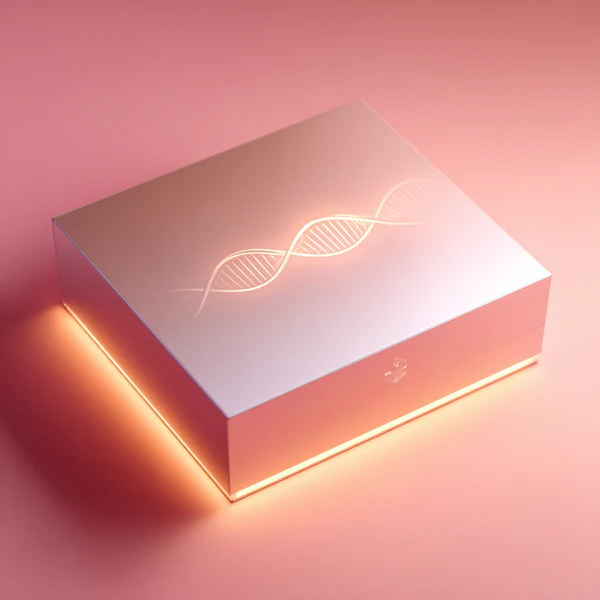Our Services
Stem Cell Banking
You may bank both cord blood and cord tissue once the baby is born as this can only be collected at birth. Cord blood is already proven to treat over 80 diseases with more trials still being conducted to discover more potential uses. Cord tissue although still in clinical trials is looking very promising because it has the potential to treat a wide range of conditions. and it can be regenerated providing the possibility for multiple treatments.
Additional Services
Free Consultation
If you are interested in learning more about our services, we offer consultations at no cost. You can call us at 416-221-1666 or visit us at our office, 701 Sheppard Avenue E, Suite 310 and 102, to learn more.
Contact UsBabyDNA ID™ - Your Newborn's Lifetime Genetic Passport
For Newborns - From Day 1, Know More. - Association with Ebogenes
Discover insights into over 2,500 genes linked to childhood-onset health conditions and drug sensitivities, using a single sample from your baby’s cord blood. 47% of these findings are linked to conditions where early medical intervention can make a real difference. Focused analysis on 2,500+ clinically relevant gene. Identification of variants linked to: Inherited childhood disorders; Immune system traits; Nutrient metabolism; Adverse drug reactions and more.
Learn MoreWhat is cord blood?
Cord blood is the blood that remains in the umbilical cord and placenta after a baby is delivered. In the past, cord blood was traditionally discarded as medical waste. However, following years of research, medical scientists have now applied the stem cells found in cord blood to successfully treat over 80 diseases!
Thus far, cord blood stem cells have been successfully used to treat numerous diseases, including cancers (such as leukemia, lymphomas, myelomas), blood disorders (such as thalassemias, sickle cell anemia, Fanconi’s anemia), and immune deficiency diseases. Please refer to all treatable diseases. Recently, cord blood stem cells have been used in clinical trials to repair damaged tissues and organs (regenerative medicine), and the outcomes have been promising.
What is cord tissue?
Following your baby's birth, your healthcare provider will collect a 15cm segment of the umbilical cord, known as cord tissue. This tissue, along with cord blood, can be processed using Progenics’ cord tissue collection kit. Umbilical Cord Mesenchymal Stem Cells (UC-MSCs) are found to possess more primitive properties than adult Mesenchymal Stem Cells, exhibiting greater expansion ability and faster doubling time, making them potentially valuable for clinical use.
Cord tissue, particularly the Wharton’s Jelly portion preserved in our lab, is a rich source of Mesenchymal Stem Cells (MSCs). These cells can self-regenerate and differentiate into specialized cells like bone, cartilage, and fat cells, holding promise for regenerative medicine with reduced risk of rejection and transplant complications.
Why bank both cord blood & cord tissue?
Cord blood and cord tissue can only be collected at birth, making it a unique opportunity to preserve valuable biological resources for potential future medical use. Both offer distinct types of stem cells that support regenerative medicine, with the potential to treat a wide range of conditions.
- Cord Blood contains hematopoietic stem cells, which can develop into various blood and immune system cells. Cord blood is already proven to treat over 80 diseases, including blood cancers, immune disorders, and certain genetic diseases. Ongoing clinical trials are exploring its use for additional conditions, expanding its therapeutic applications.
- Cord Tissue is rich in mesenchymal stem cells, which are being researched for their ability to repair damaged tissues, reduce inflammation, and support the regeneration of bone, cartilage, and muscle. Though still in clinical trials, cord tissue holds great promise for treating conditions like orthopedic injuries, heart disease, and neurological disorders. It also has regenerative potential, meaning it can be used for multiple treatments over time.
Both cord blood and cord tissue are non-invasive and painless to collect at birth. By banking both, you are securing a readily available biological resource that can be stored safely for future medical use. With ongoing advancements in regenerative medicine, the applications for both cord blood and cord tissue are expanding, offering exciting possibilities for future treatments.

